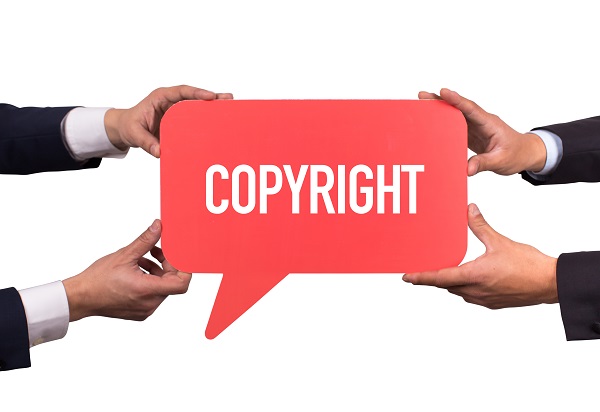Schedule a Consultation: 858.483.9200
Fair Use of Copyrighted Material
Generally, the owner of a copyrighted work has the exclusive right to reproduce, distribute, perform, and display the work, and to prepare derivative works based on it. 17 U.S.C. § 106. Fair use is a broad exception to this exclusive right. It allows the public to express their First Amendment rights in relationship to the material and to use it for teaching purposes without facing liability for violation of the copyright.
Fair use exists when a copyrighted work is reproduced, distributed, performed, or displayed, or a derivative work is prepared based on it for the purposes of “criticism, comment, news reporting, teaching …, scholarship, or research” or other similar purposes. 17 U.S.C. § 107.
To determine if a particular use of a work falls under the fair use doctrine, courts consider four factors:
- “the purpose and character of the use, including whether such use is of a commercial nature or is for nonprofit educational purposes;
- the nature of the copyrighted work;
- the amount and substantiality of the portion used in relation to the copyrighted work as a whole; and
- the effect of the use upon the potential market for or value of the copyrighted work.”
17 U.S.C. § 107. None of these factors is decisive in and of itself; courts consider all four as a whole in making a fair use determination.
A wealth of court decisions exist interpreting the fair use doctrine, from which a few trends in which works are considered fair use can be observed. As to the purpose and character of the use, transformative uses of works tend to be fair. Transformation requires adding something new to the work and not simply reusing it in duplicate. The nature of the copyrighted work references creative expression in use of the work. Thus, very generally, a news article is less likely to be fair than a movie. For the amount and substantiality factor, both how much of the original work was used and how crucial the portion used was to the original work matter. As to the potential market factor, courts consider the current and future markets for the original work if the new work remains on the market. All of these factors require extremely fact-specific analysis by courts, and expert witness testimony may be needed to explain and interpret how an original work was used in creation of the new work.
Because fair use appears more straightforward than it actually is, , many misinterpret the doctrine. For example, taking a photograph of a painting and then displaying that photograph with a placard stating the original painter’s name does not count as fair use. Using disclaimers, such as “This photograph was not endorsed by the original painter” may be considered by a court in favor of fair use but is by no means decisive.
Intellectual property law, including the fair use doctrine, arises frequently for businesses and should be considered in companies’ content creation processes. Michael Leonard, Esq., of San Diego Corporate Law, named a “Rising Star” for 2017 by SuperLawyers, is familiar with common intellectual property issues for businesses and personalizes his advice to each client’s situation. To schedule a consultation, e-mail San Diego Corporate Law or call Mr. Leonard at (858) 483-9200.






